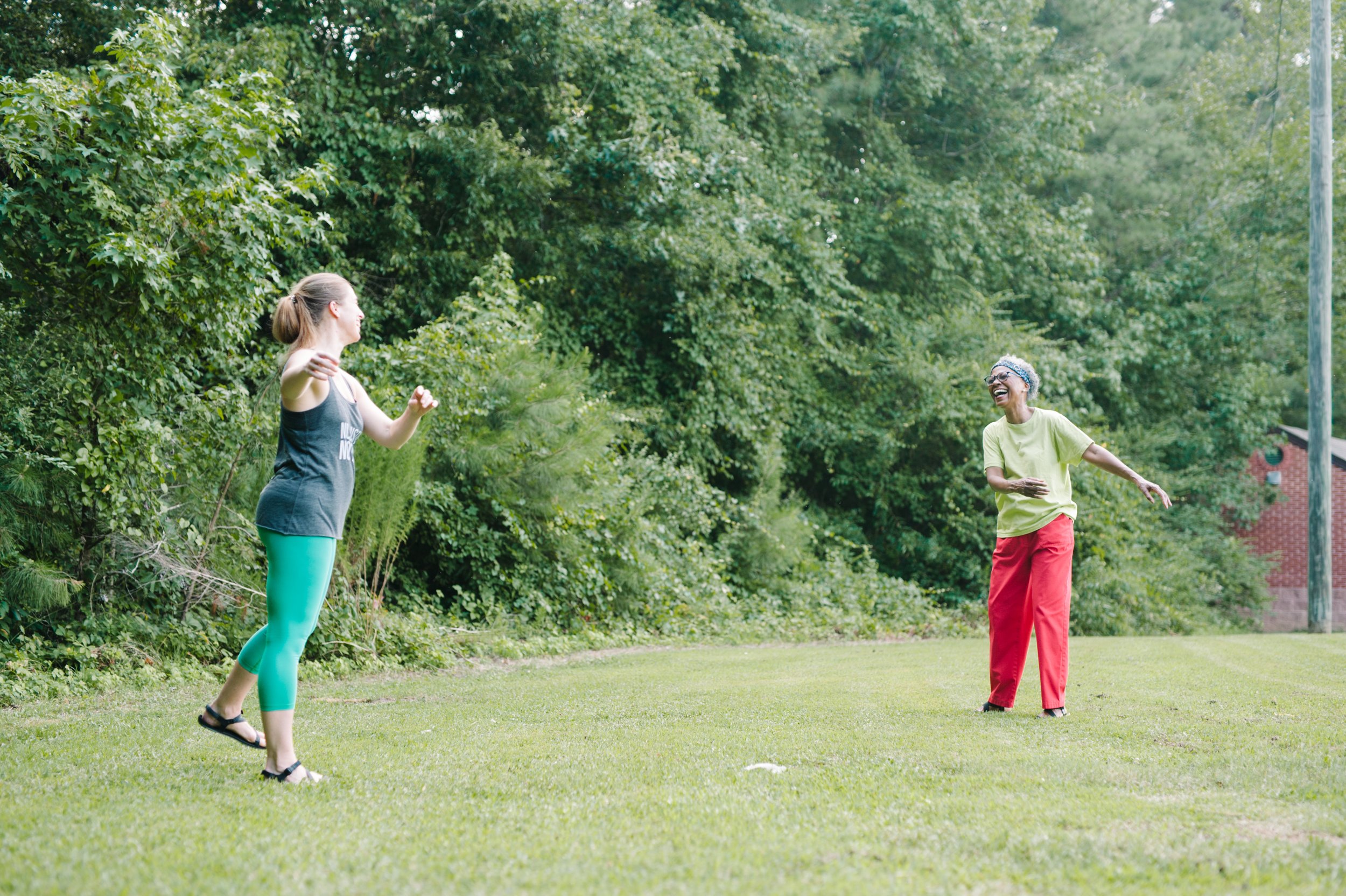
Somatic Experiencing
Welcome to your space to try new ways of feeling better, safer, and
ready to grow again – even with the trauma you carry.
What is Somatic Experiencing?
Somatic Experiencing is a body-oriented approach to healing trauma.
SE releases traumatic shock and restores connection, which is key to transforming trauma. Using SE, I can assess where a person is “stuck” in the fight, flight or freeze responses and help to resolve these fixated physiological states.

What is trauma?
Trauma may begin as acute stress from a threat or as the end product of cumulative stress. Both types of stress can seriously impair a person’s ability to function with resilience and ease, and live in the present. Trauma may result from a wide variety of stressors such as accidents, invasive medical procedures, sexual or physical assault, emotional abuse, neglect, war, racial discrimination, oppression, natural disasters, loss, birth trauma, or the corrosive stressors of ongoing fear, conflict, and chronic shaming.
Somatic Experiencing: How it Works
Human beings have an innate ability to overcome the effects of diverse traumas.
Somatic Experiencing facilitates the release of thwarted survival energy bound in the body and nervous system, thus addressing the root cause of trauma symptoms.
We approach this by gently guiding clients to develop increasing tolerance for difficult bodily sensations and suppressed emotions, building their capacity for containment and resilience.
What’s it like to do Somatic Experiencing with me?
I’ll start by asking some questions. I want to hear about your goals and some broad history. For most people I work with, early developmental trauma is part of the picture. Early developmental trauma includes difficult birth experiences, abuse, neglect, abandonment–any experience that prevents a young child feeling enough safety and security. I want to understand what you’ve tried before and what parts of your trauma response are most impacting your life.
Learning to feel safety
What I do with folks isn’t a cookie cutter approach, so how we proceed definitely varies, but there are a few things that I help a lot of people with.
-
Helping people learn to track subtle shifts in their sensation can be really important. For those of us who’ve experienced trauma, our nervous systems can be very reactive and we can struggle with big, fast shifts into dysregulation. One thing I help a lot of people with is slowing things down enough to feel the rising sympathetic activation before it’s totally overwhelming. When our feelings get so big, it can also be easy to miss the subtle signals that help us access a sense of safety. This is something I often help new clients to learn–and it changes their lives.
-
Often, we’ll begin with touch work meant for early developmental trauma.
This type of trauma affects the way our bodies experience stress, and they often accompany a felt sense of being deeply alone with fear.
Since that sense is pre-verbal, talking just doesn’t get to the heart of the issue. This touch work is an antidote of being gently attended to. I’ll show up present, curious, and collaborative.
If it’s ok with you, I’ll use my hands to hold the parts of your body where you might have been held as an infant and where stress response production happens–kidneys/adrenals and brain stem.
I’m not trying to change anything, but I’ll be present with you and together, we’ll notice the subtle shifts that you probably miss in your body. We’ll slow things down in a way that’s often more accessible and easier to help your nervous system regulate. -
A lot of traumatized folks have relentless, cyclical patterns driven by stress that are so deeply ingrained that we’re taken over by them and often feel helpless in the face of the pattern. Panic attacks are one good example.
We start processing, using the feelings of the symptoms themselves, in small and accessible increments, to begin untangling those symptoms—and creating more space for you to emerge.




